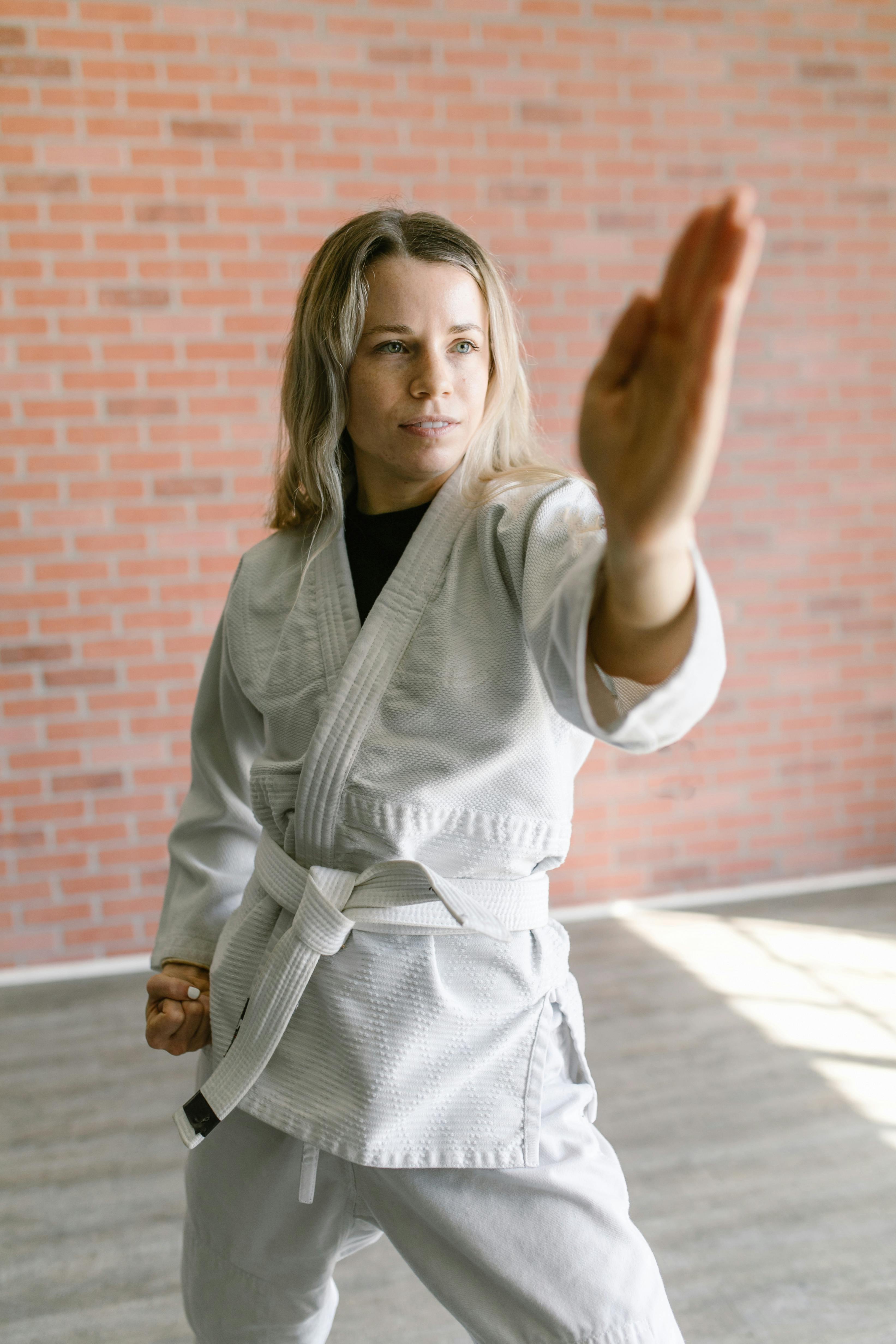Transform Your Body with Martial Arts for Fitness
In a world where fitness trends come and go, one timeless method stands tall: martial arts for fitness. Combining mental discipline with physical exertion, martial arts offer a full-body workout and sustainable lifestyle benefits. In this article, you’ll learn how martial arts can improve your physical health, enhance mental clarity, and provide practical self-defense—all while getting into the best shape of your life.

Understanding the Fundamentals
Martial arts for fitness isn’t just about punches and kicks—it’s a complete philosophy of movement, strength, and mental focus. At its core, this discipline merges traditional combat techniques with modern fitness goals, offering both functionality and aesthetic results.
Originating from ancient cultures such as China, Japan, and Korea, martial arts were initially designed for self-defense and warfare. Today, they’ve evolved into holistic fitness systems that emphasize cardiovascular health, muscle conditioning, flexibility, and mental clarity.
1.1 Physical Conditioning and Strength
One of the cornerstones of martial arts is its focus on functional strength. Instead of isolated gym workouts, practitioners develop total-body strength through dynamic movements like kicks, throws, and resistance-based drills. According to a study in the *Journal of Sports Science*, martial arts training can improve upper-body strength by up to 20% within 10 weeks.
This kind of strength is practical. It translates into real-life functionality—lifting groceries, climbing stairs, or improving posture at work. Unlike bodybuilding routines, martial arts strength is balanced and lean, not bulky.
1.2 Mental Discipline and Focus
Unlike conventional fitness routines, martial arts place a heavy emphasis on mental fortitude. Whether you’re memorizing kata sequences in karate or staying calm under pressure in Brazilian Jiu-Jitsu, your mind is always engaged.
This mental clarity extends beyond the dojo. Practitioners often report improved focus at work, better emotional control, and decreased anxiety. It’s fitness that strengthens the mind as much as the body.
Practical Implementation Guide
Understanding the benefits of martial arts for fitness is one thing—implementing them into your daily life is another. Here’s how you can begin your martial arts journey and set realistic expectations for progress.

2.1 Actionable Steps
- Choose the Right Discipline: Start by researching which martial art suits your goals. Karate is great for beginners, while Muay Thai emphasizes cardio and Taekwondo enhances flexibility.
- Find a Local Dojo or Online Class: Check schedules, instructor credentials, and community reviews before committing. Online platforms like YouTube or subscription services can also help you get started.
- Set a Weekly Routine: Aim for 2–3 sessions per week to build muscle memory and endurance. Use a journal or app to track progress, fatigue levels, and personal milestones.
2.2 Overcoming Challenges
While the journey is rewarding, expect some hurdles:
- Injury Risk: Warm up properly and don’t skip technique training. Poor form can lead to strains and sprains.
- Consistency: Life gets busy, but schedule your training like an appointment. Partnering with a friend helps with accountability.
- Impatience: Progress can feel slow. Celebrate small victories like improved balance or increased reps.
Expert tips include using yoga for recovery, hydrating before class, and learning proper breathing techniques to optimize endurance.
Advanced Applications
Once you’ve built a foundation, martial arts for fitness can be taken to the next level. Advanced techniques combine agility, power, and strategy—ideal for those seeking athletic excellence or self-defense mastery.

3.1 High-Intensity Sparring
Sparring is where martial arts become both physical and strategic. Engaging in controlled combat not only burns massive calories—up to 700 in a single session—but also develops reflexes, timing, and situational awareness.
Case studies from MMA gyms show significant improvements in VO2 max and reaction time after just six weeks of sparring. This makes it an ideal tool for athletes looking to improve explosive performance.
3.2 Mixed Modal Integration
Advanced practitioners often combine martial arts with other fitness regimes such as CrossFit or calisthenics. This mixed-modal approach builds stamina and versatility without compromising form.
Be mindful of overtraining. Ensure you’re getting adequate rest, and choose complementary exercises like kettlebell swings or jump rope drills to amplify your martial arts performance.
Future Outlook
The future of martial arts for fitness is promising, driven by wearable tech, virtual reality sparring, and AI-enhanced coaching. These innovations make martial arts more accessible and data-driven than ever before.
In the next 3–5 years, expect to see martial arts integrated into corporate wellness programs, school curriculums, and even rehabilitation therapy. Staying ahead of these trends ensures you’re leveraging martial arts as a lifetime fitness tool, not just a phase.
Conclusion
To summarize, martial arts for fitness offers unmatched benefits:
- Full-body physical conditioning
- Enhanced mental clarity and emotional resilience
- Real-world self-defense and performance training
Ready to take the first step? Enroll in a local class or try an online session today. The best version of yourself is just a punch, kick, or kata away.
Frequently Asked Questions
- Q: Is martial arts for fitness suitable for beginners? Absolutely. Most dojos offer beginner-friendly classes that teach fundamentals safely and gradually.
- Q: How do I start martial arts for fitness? Choose a style that matches your goals, visit local schools, and try a free class to get a feel for the training.
- Q: How much time do I need weekly? As little as 2–3 hours a week can yield noticeable results in fitness, coordination, and focus.
- Q: Is it expensive to train in martial arts? Costs vary by location and program, but most classes range from $50 to $150 monthly, with discounts for packages.
- Q: How does it compare to gym workouts? Unlike repetitive gym routines, martial arts combine cardio, strength, flexibility, and mental focus in one holistic system.
- Q: Is martial arts hard to learn? It depends on the style and your fitness level, but most systems are scalable and beginner-friendly with proper guidance.
- Q: Can martial arts be applied in professional settings? Yes. Improved confidence, discipline, and leadership from martial arts training are valuable in both personal and professional life.
